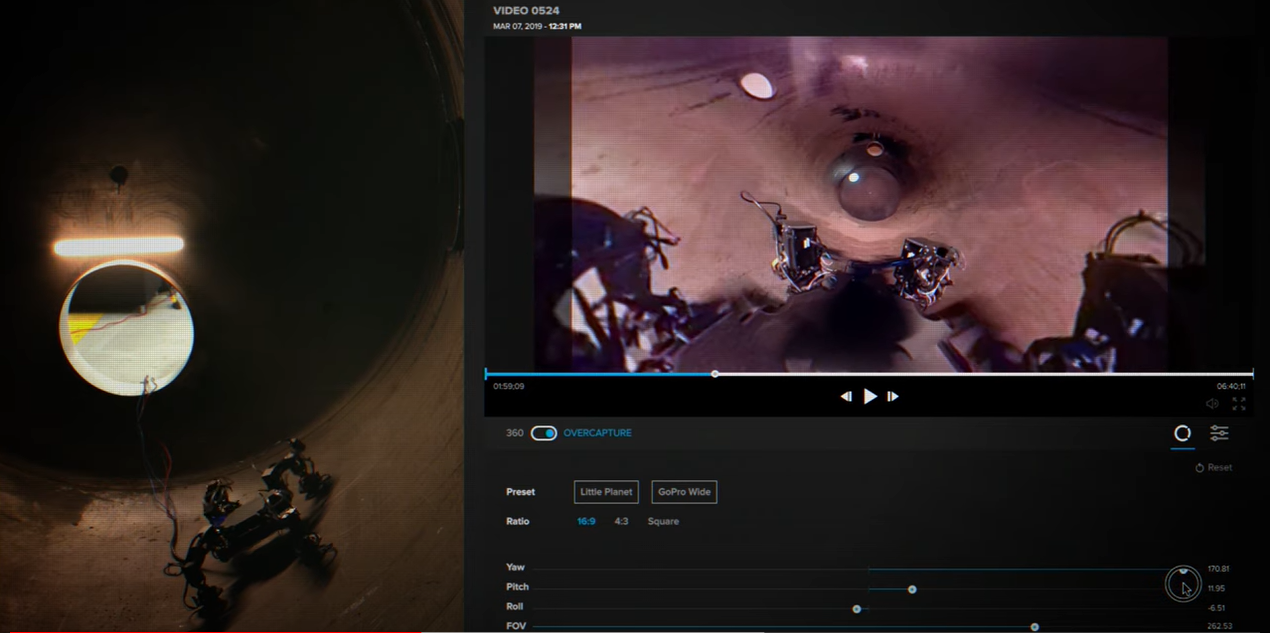Challenges for the Future of Autonomous Robot Operations

The era of the robot is already here. But a variety of challenges yet to be overcome means that autonomous operation isn’t likely to become mainstream for some years yet.
While technology is advancing rapidly, there are still many obstacles to climb before true autonomy becomes a reality. The following discusses some of the biggest ones that are standing in the way of a brand-new era of working.
The 5 big challenges
No matter what the kind of robot, all operations will face 5 general obstacles that need to be addressed for them to fully integrate with day-to-day life.
- Infrastructure challenges: Whether a robot is expected to traverse an area among the public or within a defined workspace, they’ll need to be able to interact with an endless variety of fixed and moving obstacles. Steps, kerbs, trees, cars, people, animals… The list is endless and incredibly complex. The answer is not to create an environment that robots can navigate. Instead, it’ll be necessary to provide them with adequate sensors and learning ability to be able to move in real-time and adapt to dynamic scenarios.
- Legal challenges: This is a minefield – but one that’s already being given an incredible amount of airtime around the world. Perhaps the biggest issue is that companies will have to adhere to the patchwork of evolving legal frameworks that change from continent to continent, country to country, and even state to state. However, in areas, such as self-driving vehicles, expected start dates are likely to become reality in the next few years.
- Battery and electrical challenges: While battery capacity is improving, it’s still an issue that limits operation. The mining of minerals and metals for battery production is also a challenge, as is environmentally friendly battery disposal. Truly self-charging batteries are some way off, making the speed of a recharge – not to mention adequate charging locations – a (not insurmountable) hurdle to be crossed.
- Social acceptance challenges: A few years ago, this might have been seen as a larger problem. However, as we become more adjusted to having tech in our homes (think Alexa, Siri etc), so the jump to robots isn’t so great. The historical blockade of ‘robots taking away human jobs’ is also lessening, thanks to the slow realisation that the human workforce won’t be made obsolete but will shift to different areas. The robots will take over the mundane, boring tasks, leaving us to work in more skilled areas. In addition, as the so-called i-generation moves into adulthood, so the population that’s grown up with technology as the norm will increase.
- Cost challenges: Currently, this is probably the greatest challenge to be overcome. The technology is prohibitively expensive at present. However, as it advances and becomes more affordable, so this will gradually become less of an issue.
While these can be defined as some of the most pressing issues, there are, of course, other exceptional and more localised problems that developers are working on. As with all innovations, getting to a true working model is the first huge step. Once this is achieved, tweaks and improvements follow fast.
At Nexxis, our passion for utilising technology to overcome the most complex of maintenance and testing challenges is what makes us stand out from the crowd. From the provision of inspection drones, such as the Elios 3, to our dedicated training service, Lab 61, that ensures your staff are up-skilled to use the latest technology, we’re the procurement partner of choice for a wide variety of industries.
Contact us to find out more about autonomous robot operations or any of our other custom solutions, or request a quote online.
